Mulching is a fundamental practice in tree care that is often overlooked, yet it plays a crucial role in promoting tree health and longevity. Whether you're nurturing the elegant Camellia Setsugekka, the robust Acer campestre, or the graceful Weeping Lilly Pilly, understanding the benefits and proper techniques of mulching can make all the difference. This guide delves into why mulching is essential and how to apply it correctly to ensure your trees thrive in a high-end garden setting.
The Importance of Mulching
Mulching offers numerous benefits that are vital for maintaining tree health. It helps conserve soil moisture, regulate temperature, suppress weed growth, and enhance the soil's organic content. These factors are particularly important for maintaining the beauty and vibrancy of trees like the Camellia Setsugekka, a winter-flowering species known for its striking white blooms, or the Acer campestre, also known as the field maple, cherished for its vibrant autumn foliage.
Benefits of Mulching
- Moisture Retention: Mulch acts as a barrier, reducing evaporation and retaining moisture in the soil. This is crucial for trees like the Weeping Lilly Pilly (Waterhousia floribunda), which thrives in consistently moist soil conditions.
- Temperature Regulation: Mulch keeps roots cool in summer and warm in winter by insulating the soil, creating an ideal environment for trees like the Acer campestre - Field Maple, which is sensitive to extreme temperatures.
- Weed Suppression: A layer of mulch prevents weeds from germinating and competing with trees for nutrients and water.
- Improved Soil Quality: Organic mulches decompose over time, adding essential nutrients to the soil and improving its structure, which benefits trees like the Camellia Setsugekka.
How to Mulch Properly
Proper mulching is not just about spreading any material around the base of a tree. The technique and material used are key to ensuring your trees gain the maximum benefit without causing harm.
Steps to Proper Mulching
- Choose the Right Mulch: Organic mulches, such as wood chips, bark, or compost, are preferable as they decompose and enrich the soil. Avoid using inorganic mulches like stones or rubber, which do not break down and can lead to root overheating.
- Measure the Area: Spread the mulch in a wide circle around the tree, ideally extending to the tree's drip line (the area beneath the outermost branches). For the Waterhousia floribunda, which can spread up to 5 meters in width, ensure the mulch covers a broad area to protect its extensive root system.
- Apply the Correct Depth: Aim for a mulch layer about 5-10 centimetres deep. Too much mulch can suffocate roots, while too little will not provide the full benefits. For the Acer campestre, which prefers well-drained soil, ensure the mulch is not piled too high, as this can lead to moisture retention and root rot.
- Avoid the Trunk: Keep mulch away from the tree's trunk to prevent moisture buildup that can cause rot and attract pests. A gap of at least 10 centimetres around the base of the Camellia Setsugekka will ensure the tree remains healthy.
Specific Tree Recommendations and Mulching Tips
Camellia Setsugekka
The Camellia Setsugekka is a winter-flowering evergreen tree renowned for its large, white blooms that add elegance to any garden.
Key Facts:
- Mature Height: 2-3 meters
- Mature Width: 2-2.5 meters
- Best Uses: Feature tree, hedging
- Leaf Appearance: Glossy, dark green
- Rate of Growth: Moderate
- Tolerates: Partial shade, well-drained soil
Why It's Perfect to Add to Your Garden: The Camellia Setsugekka is ideal for high-end gardens that require year-round greenery with a touch of winter beauty. Its moderate growth rate and need for well-drained soil make mulching essential to maintain consistent moisture levels, particularly during dry periods.
Acer campestre (Field Maple)
The Acer campestre, or Field Maple, is a deciduous tree celebrated for its stunning autumn foliage that ranges from golden yellow to rich brown.
Key Facts:
- Mature Height: 8-12 meters
- Mature Width: 6-8 meters
- Best Uses: Shade tree, privacy screen
- Leaf Appearance: Small, lobed leaves that turn vibrant colours in autumn
- Rate of Growth: Slow to moderate
- Tolerates: Urban pollution, a wide range of soil types
Why It's Perfect to Add to Your Garden: The Acer campestre brings seasonal colour and structure to your garden. Proper mulching is critical to support its slow-to-moderate growth rate, particularly in urban settings where soil quality may be poor. Mulch helps retain moisture and improve soil structure, ensuring the tree thrives even in less-than-ideal conditions.
Weeping Lilly Pilly (Waterhousia floribunda)
The Weeping Lilly Pilly is an evergreen tree known for its lush, weeping foliage and small, white flowers that attract birds and bees.
Key Facts:
- Mature Height: 10-15 meters
- Mature Width: 5-7 meters
- Best Uses: Privacy screen, feature tree
- Leaf Appearance: Glossy, green leaves that droop gracefully
- Rate of Growth: Fast
- Tolerates: High humidity, full sun to partial shade
Why It's Perfect to Add to Your Garden: The Waterhousia floribunda creates a lush, private garden oasis. Its fast growth and preference for consistently moist soil make mulching indispensable. By retaining moisture and improving soil fertility, mulch ensures the Weeping Lilly Pilly remains healthy and vibrant, offering beauty and privacy.
FAQs
Q: How often should I reapply mulch?
- A: Mulch should be replenished once or twice a year, depending on the material used and how quickly it decomposes.
Q: Can I use fresh wood chips as mulch?
- A: Fresh wood chips can deplete nitrogen from the soil as they decompose. It is best to let them age or mix them with compost before use.
Q: What is the best time to mulch?
- A: Mulch can be applied at any time of year, but spring and autumn are ideal for protecting against temperature extremes and maintaining soil moisture.
Conclusion
Mulching is an art as much as a science, particularly when caring for exquisite trees like the Camellia Setsugekka, Acer campestre, and Waterhousia floribunda. By understanding the benefits and applying mulch correctly, you ensure that these trees survive and thrive, enhancing the beauty and value of your garden. As you consider your tree selection and planting strategies, remember that mulching is an investment in your garden's long-term health and aesthetics. This subtle yet powerful touch speaks to the efficiency and quality you seek in every aspect of your life.


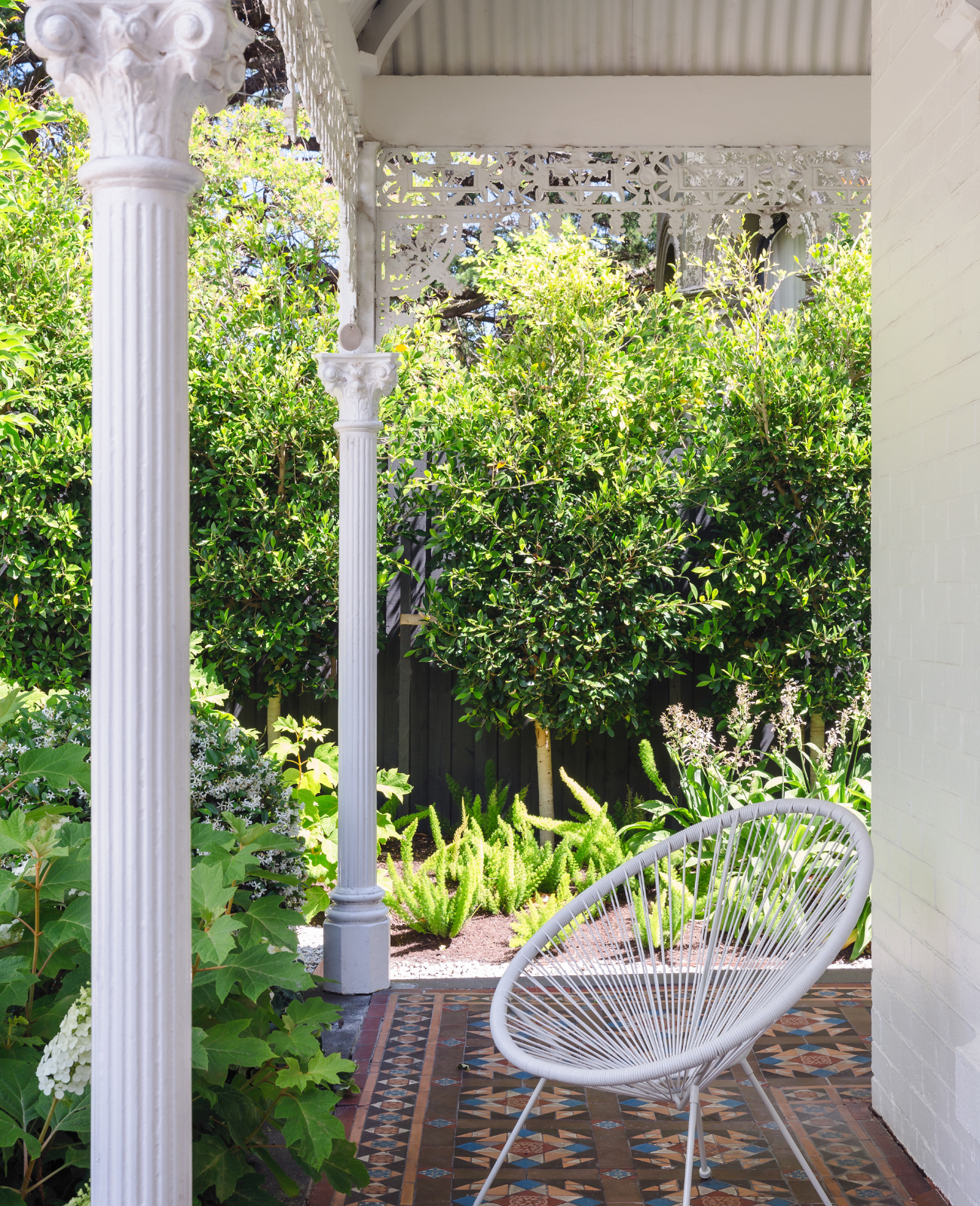

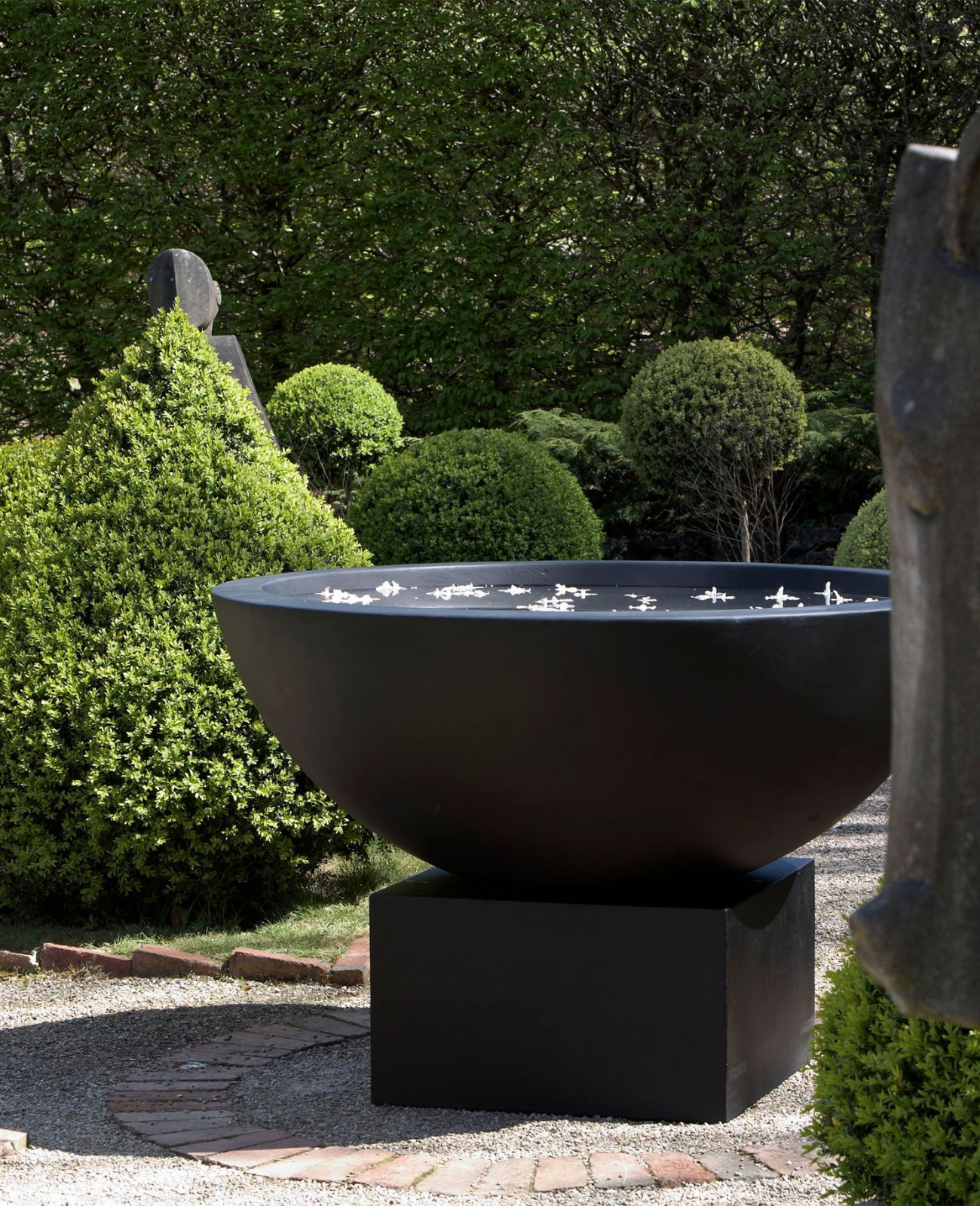
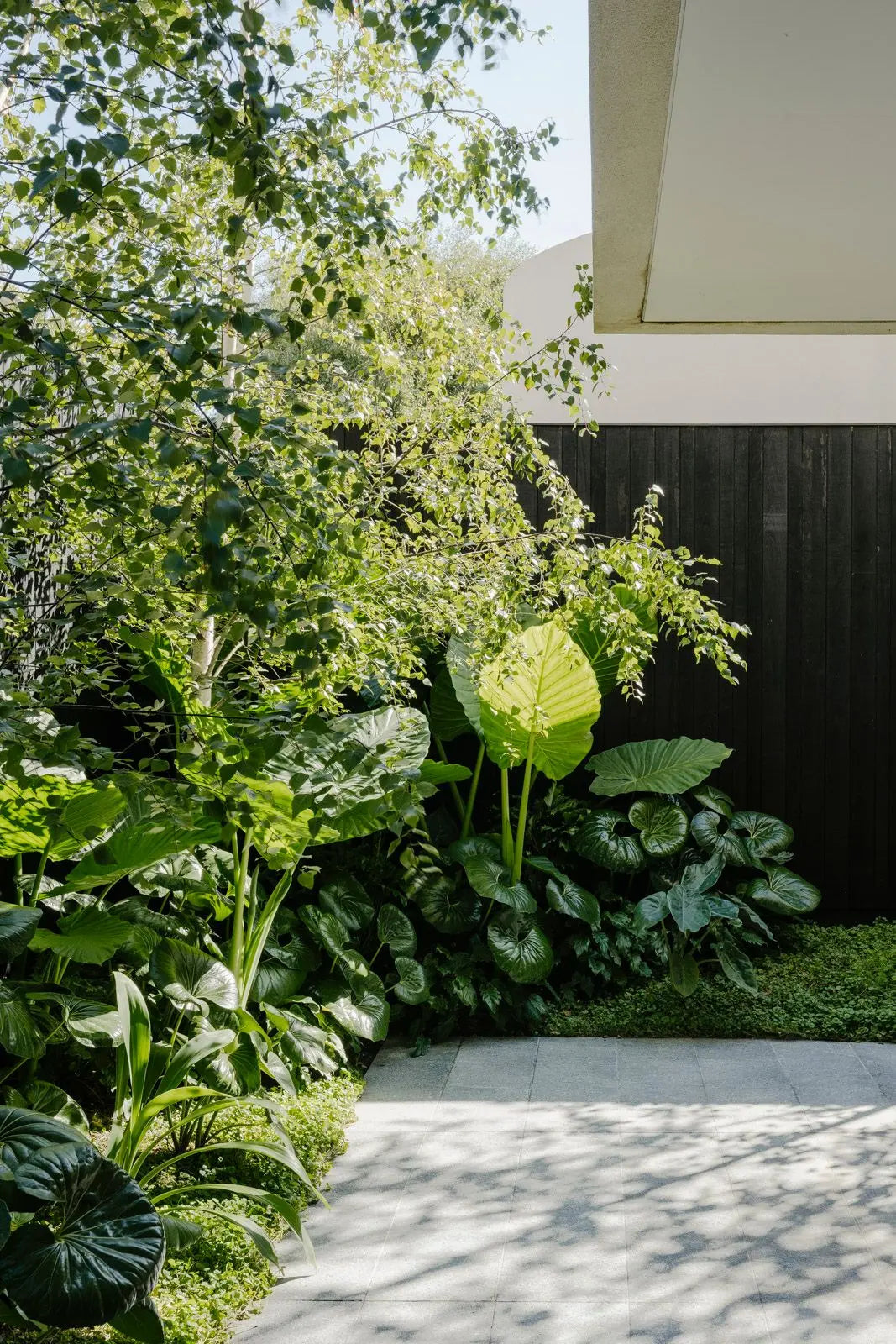
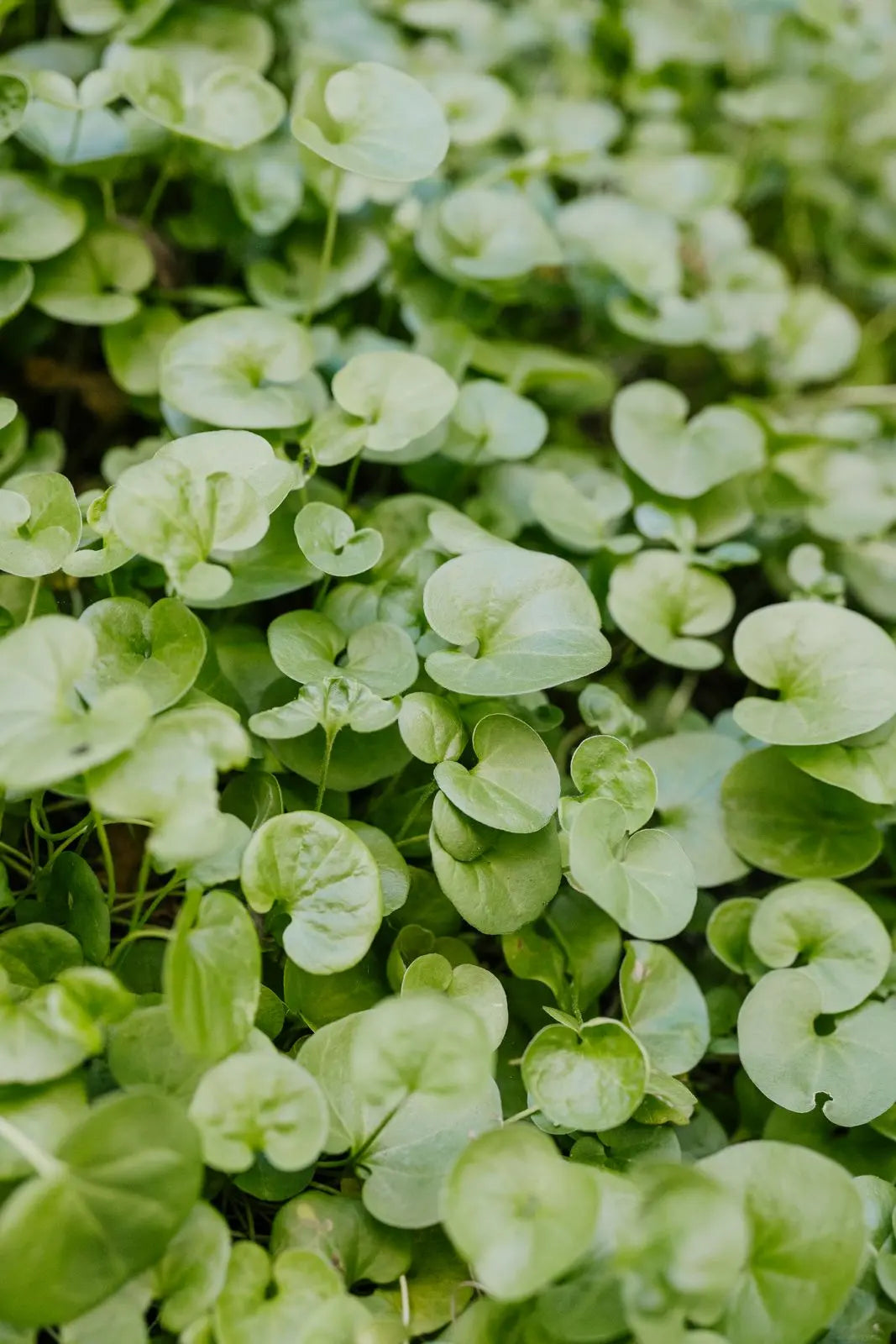
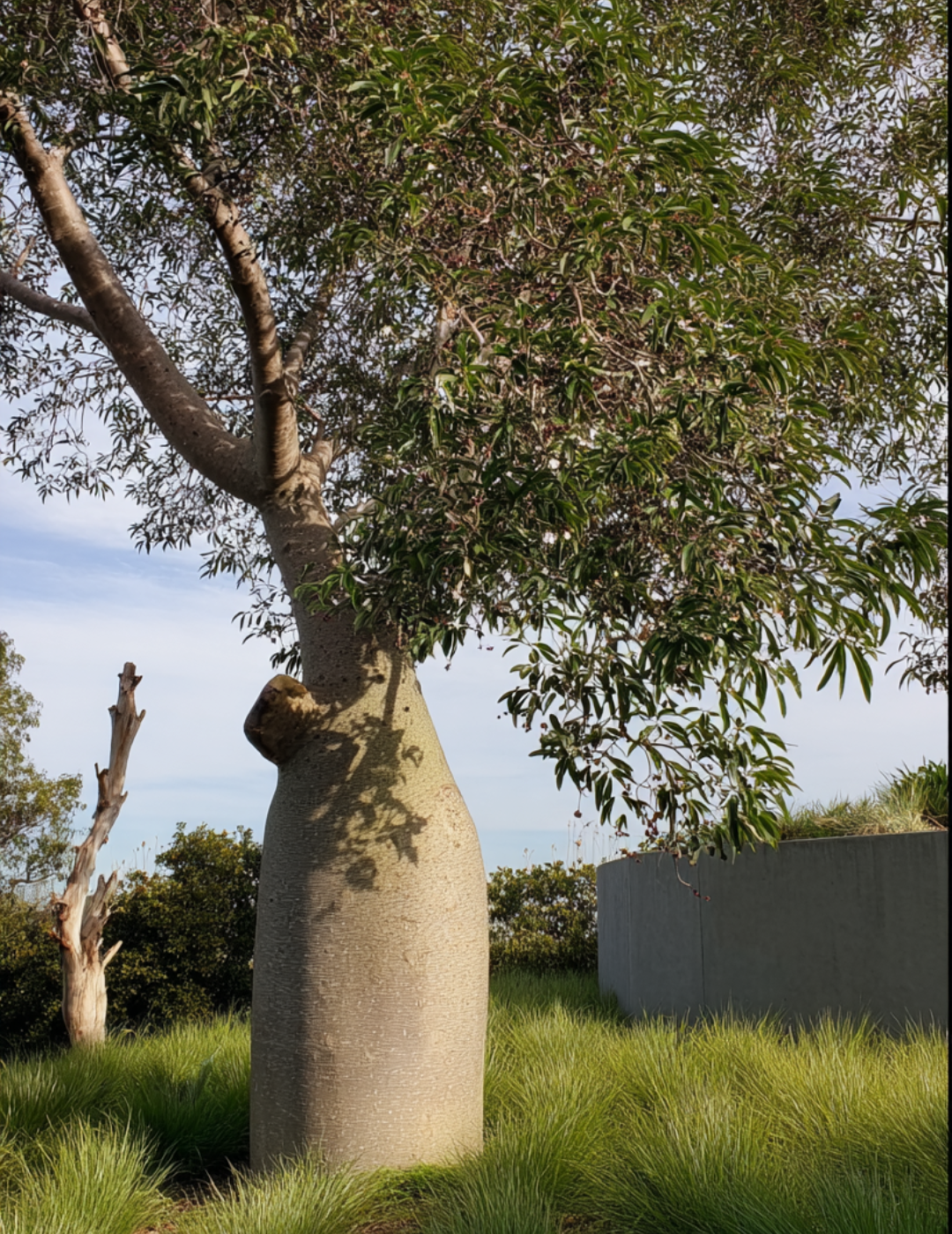
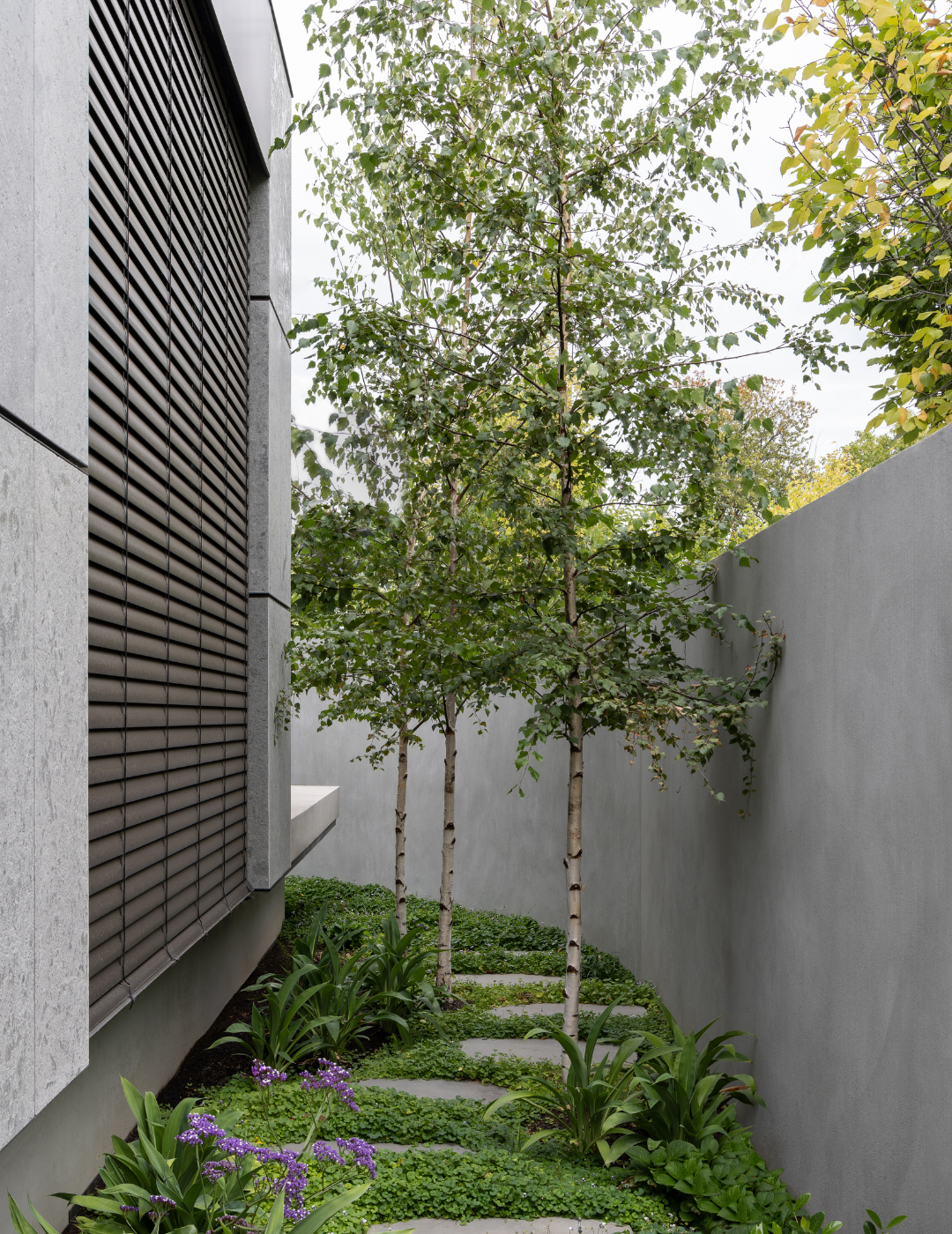
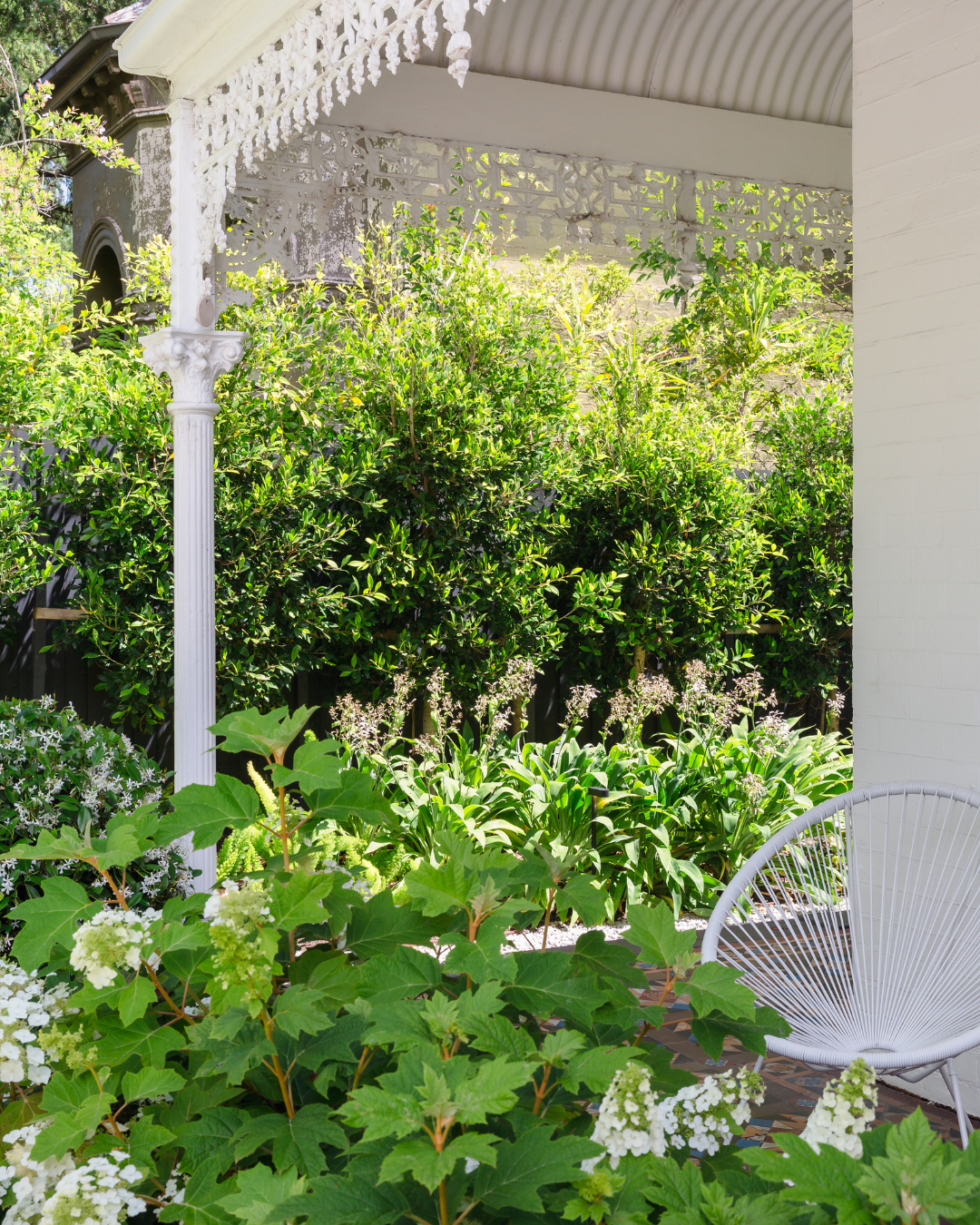
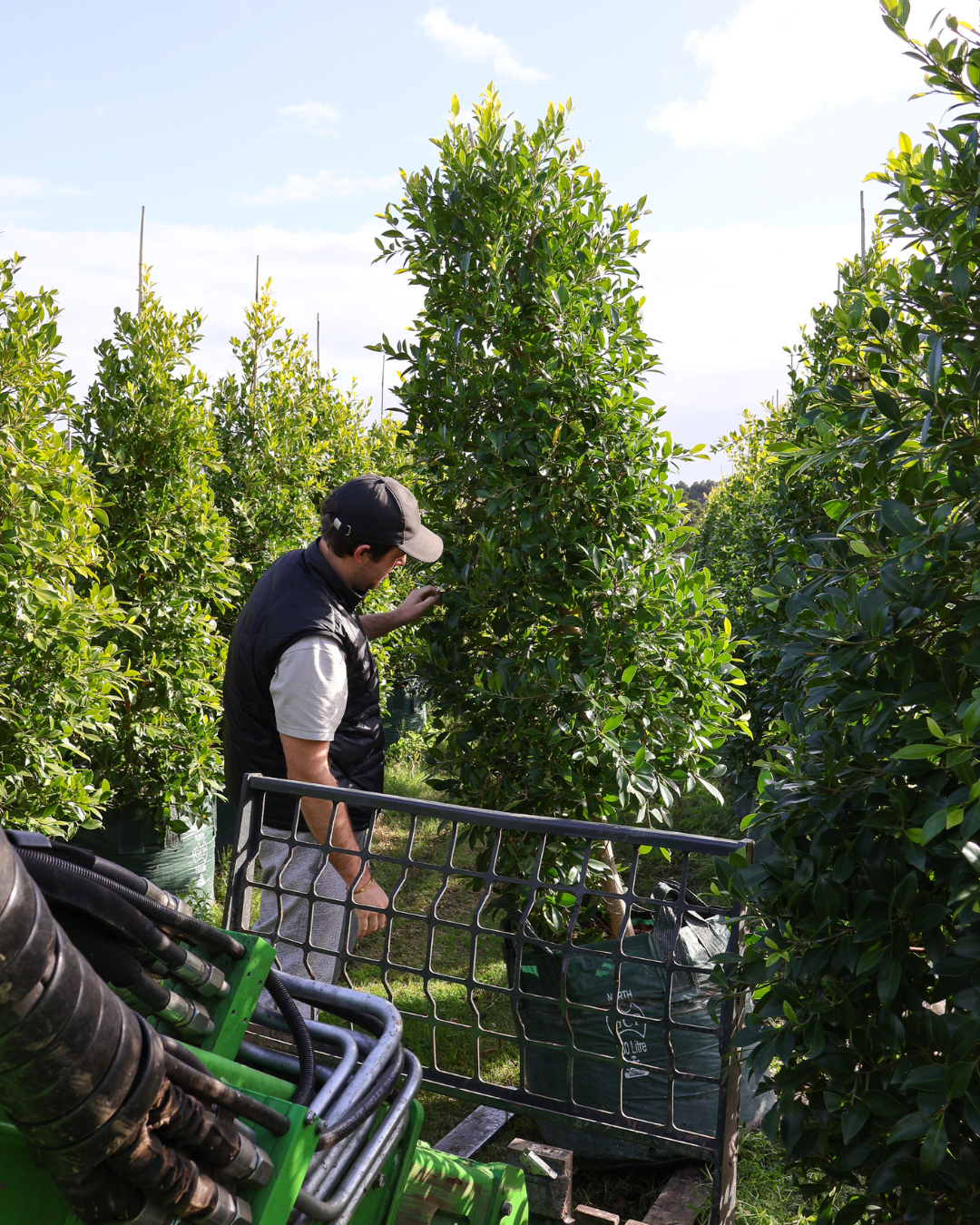

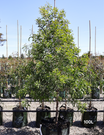


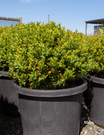
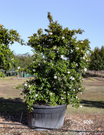
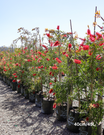
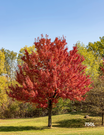



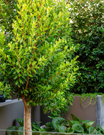
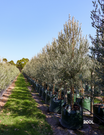
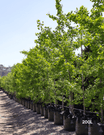
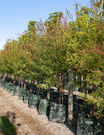


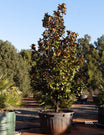
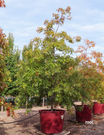

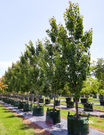
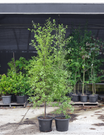



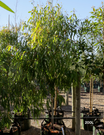
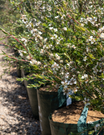


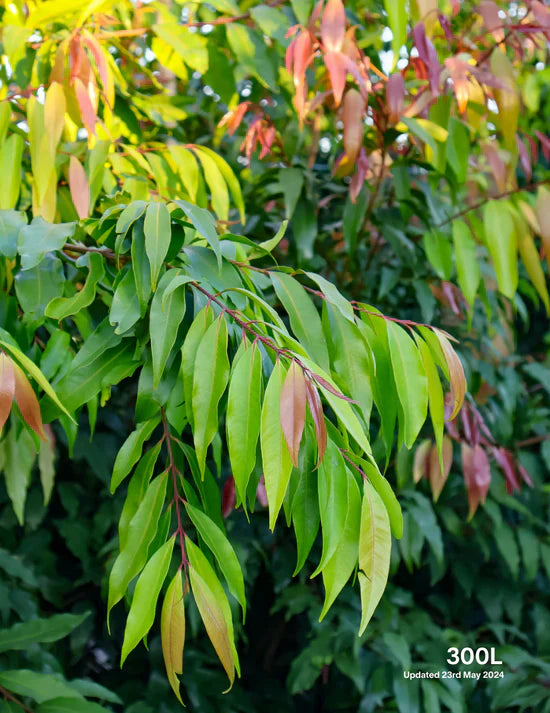



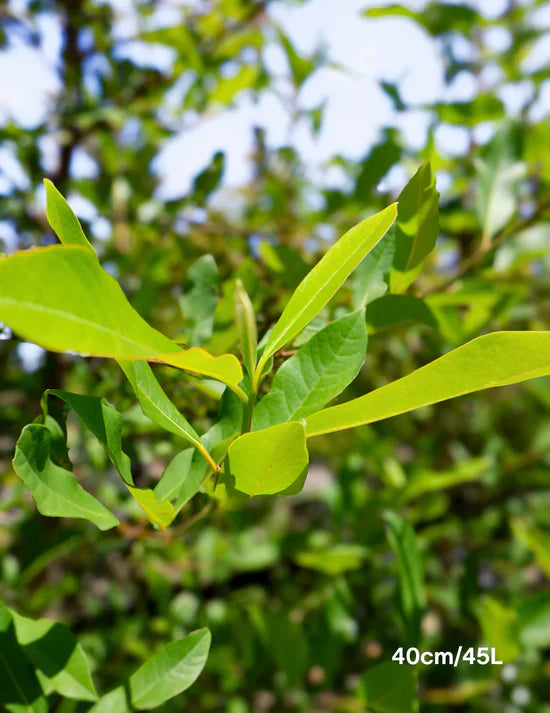
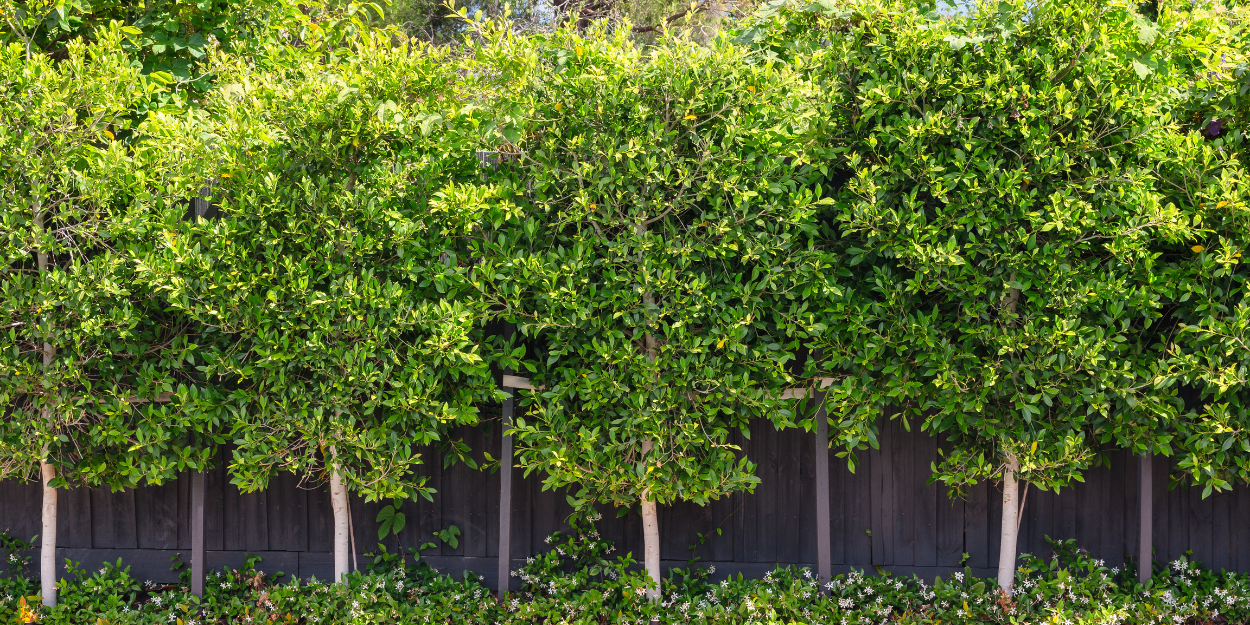
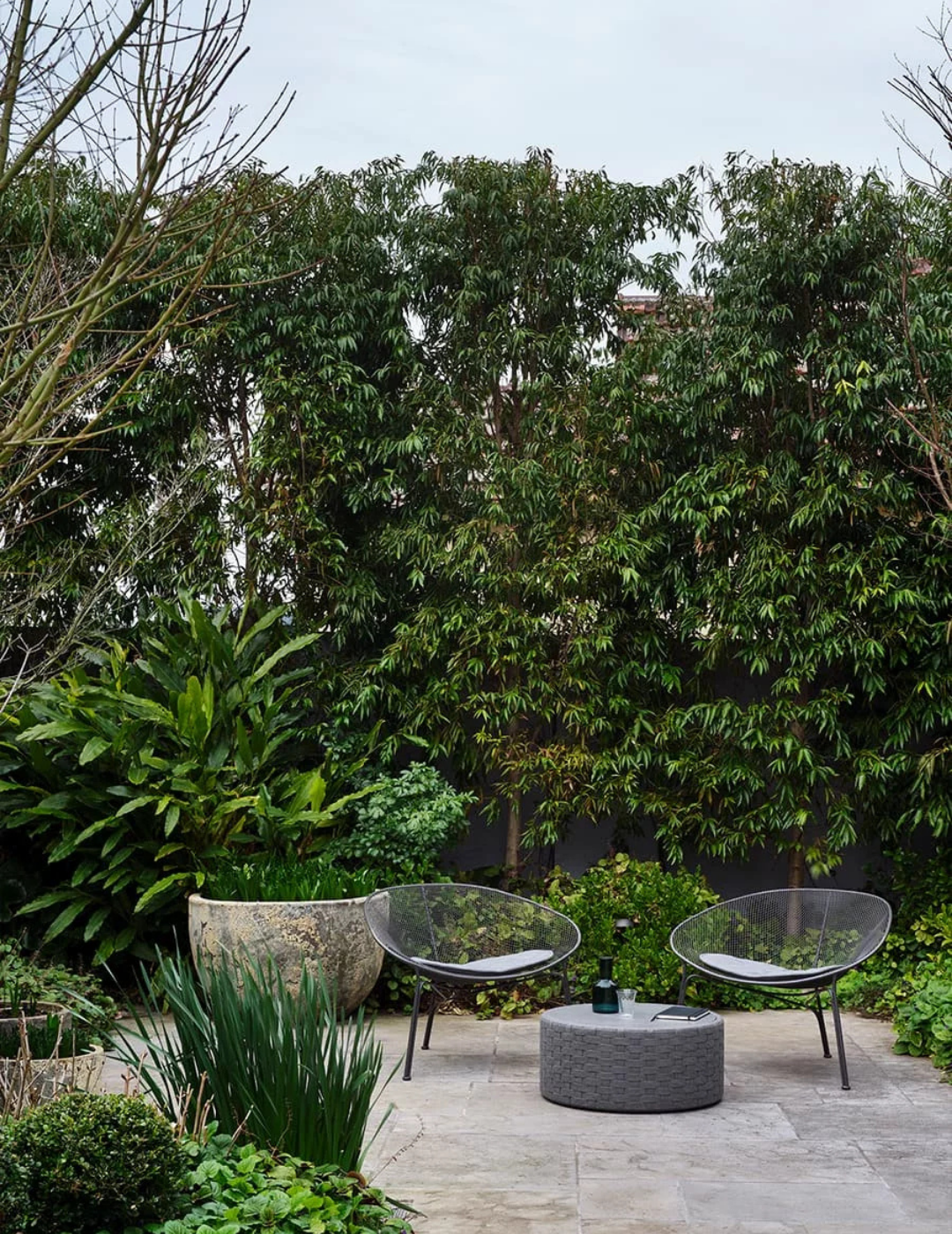
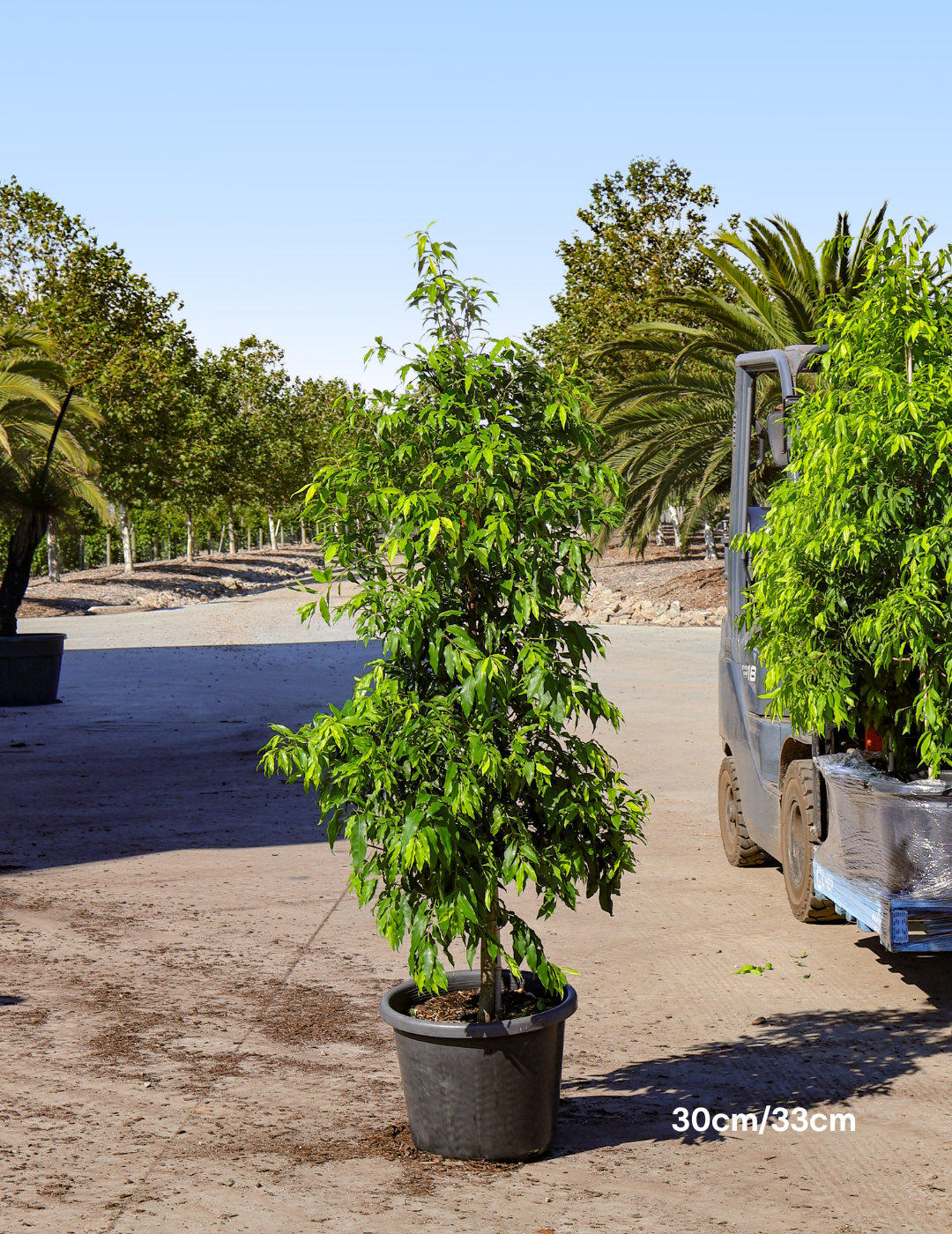
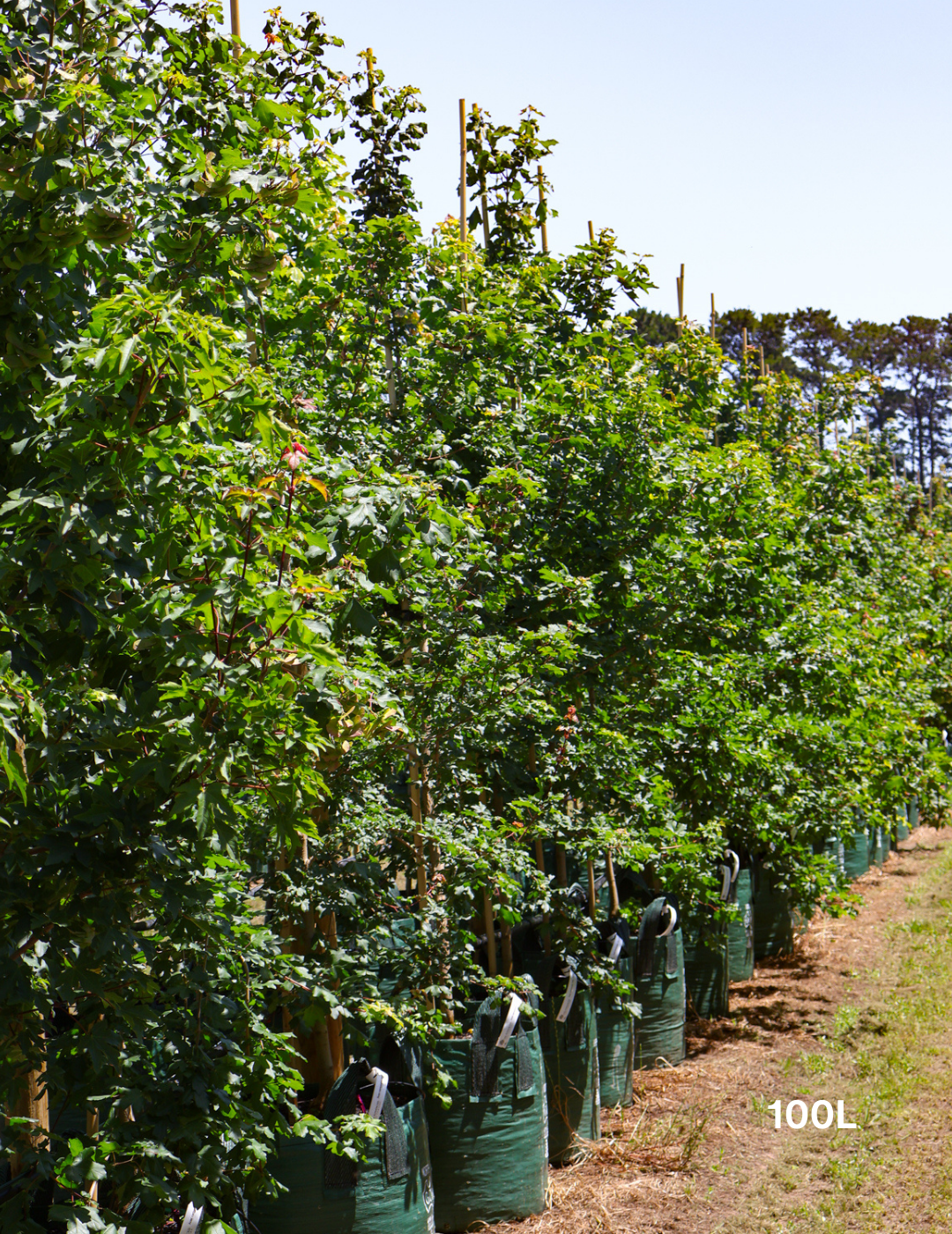
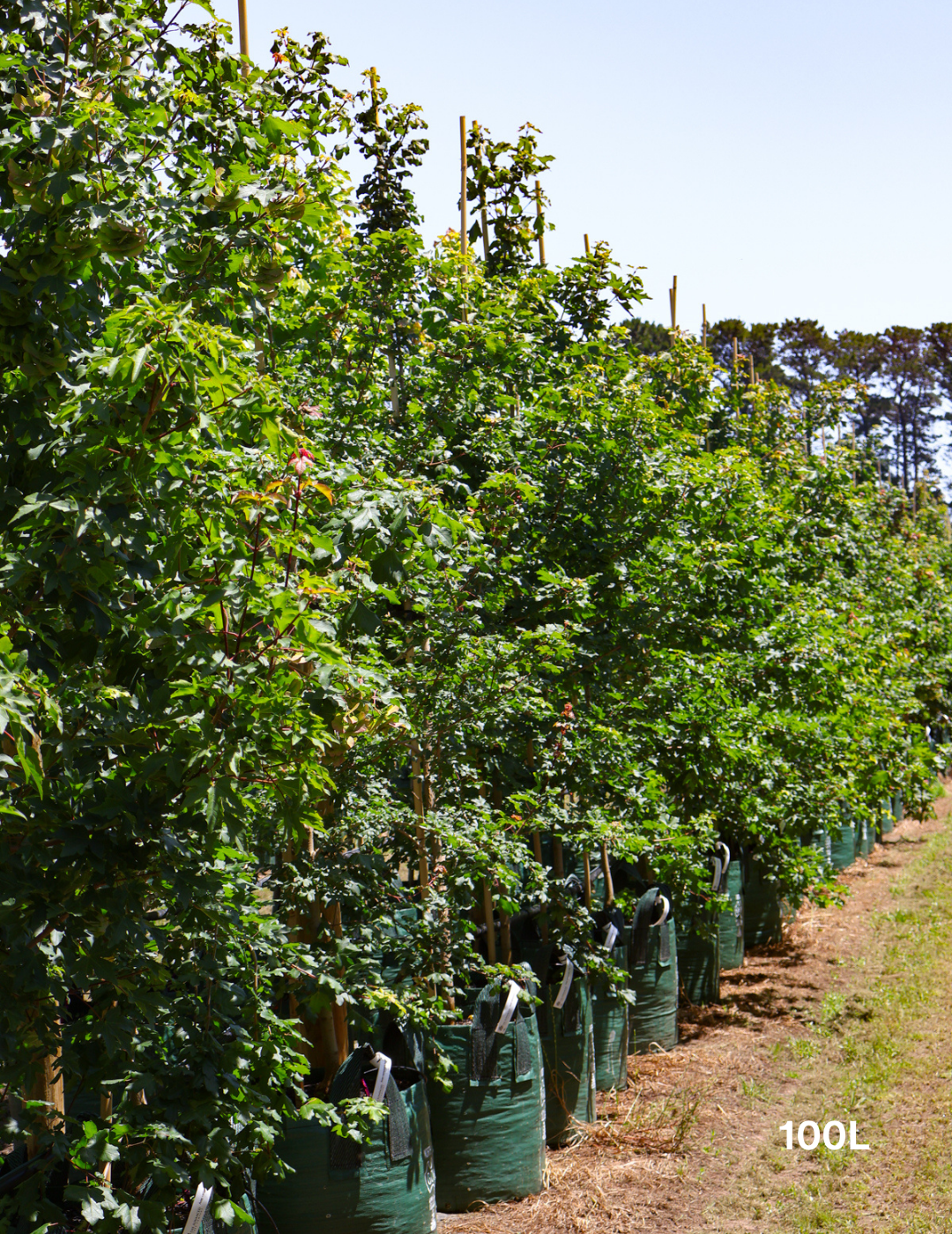
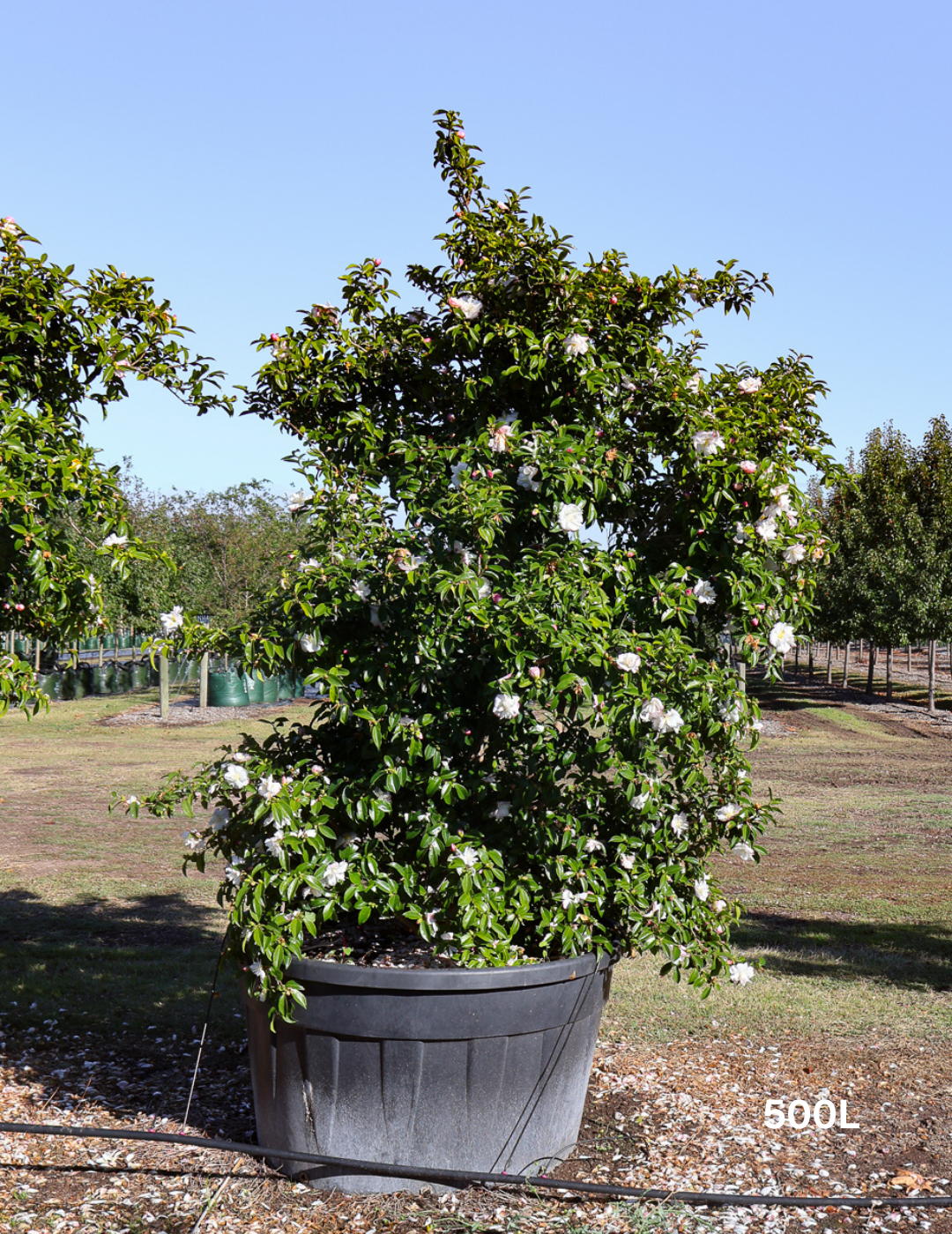
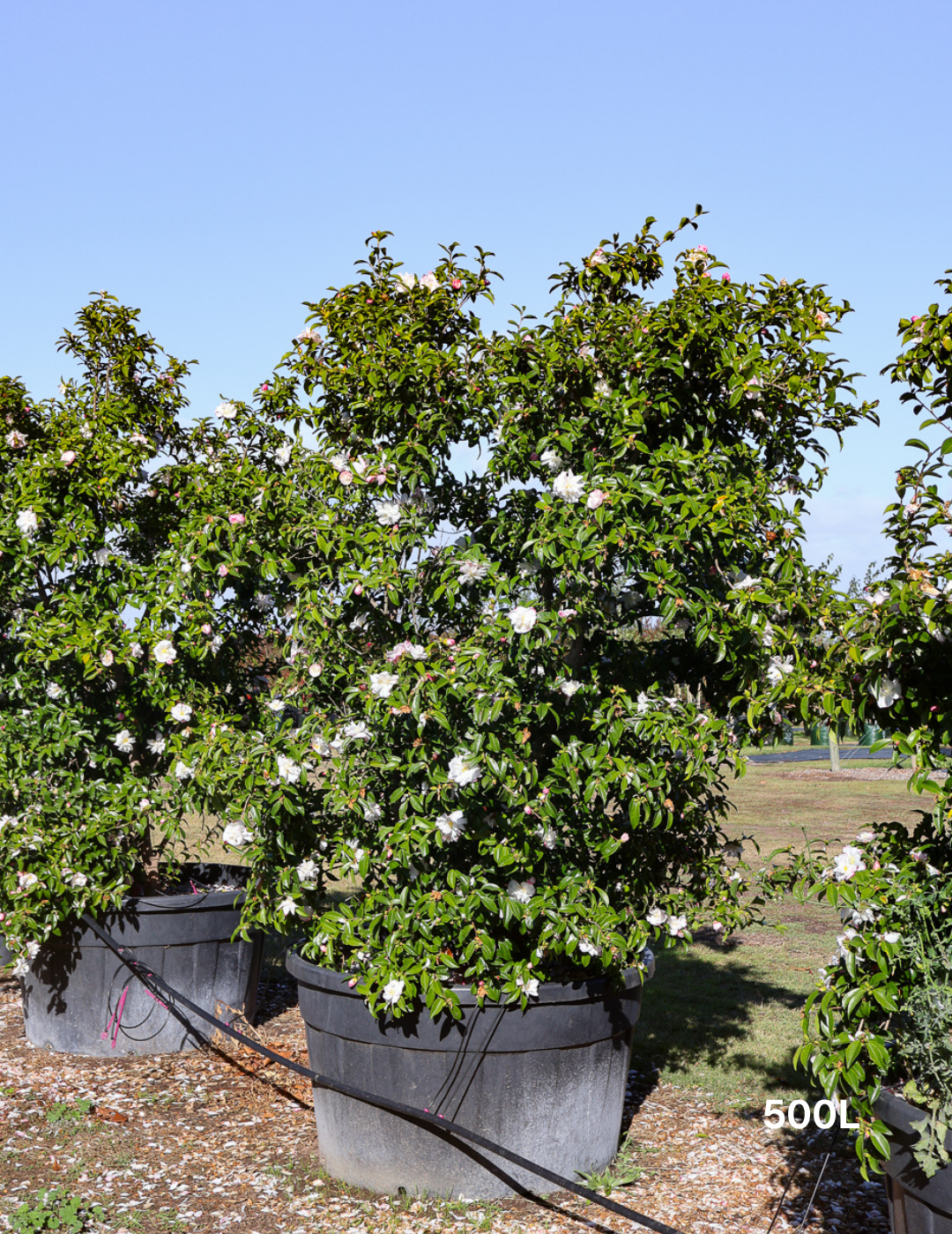
Leave a comment
This site is protected by hCaptcha and the hCaptcha Privacy Policy and Terms of Service apply.